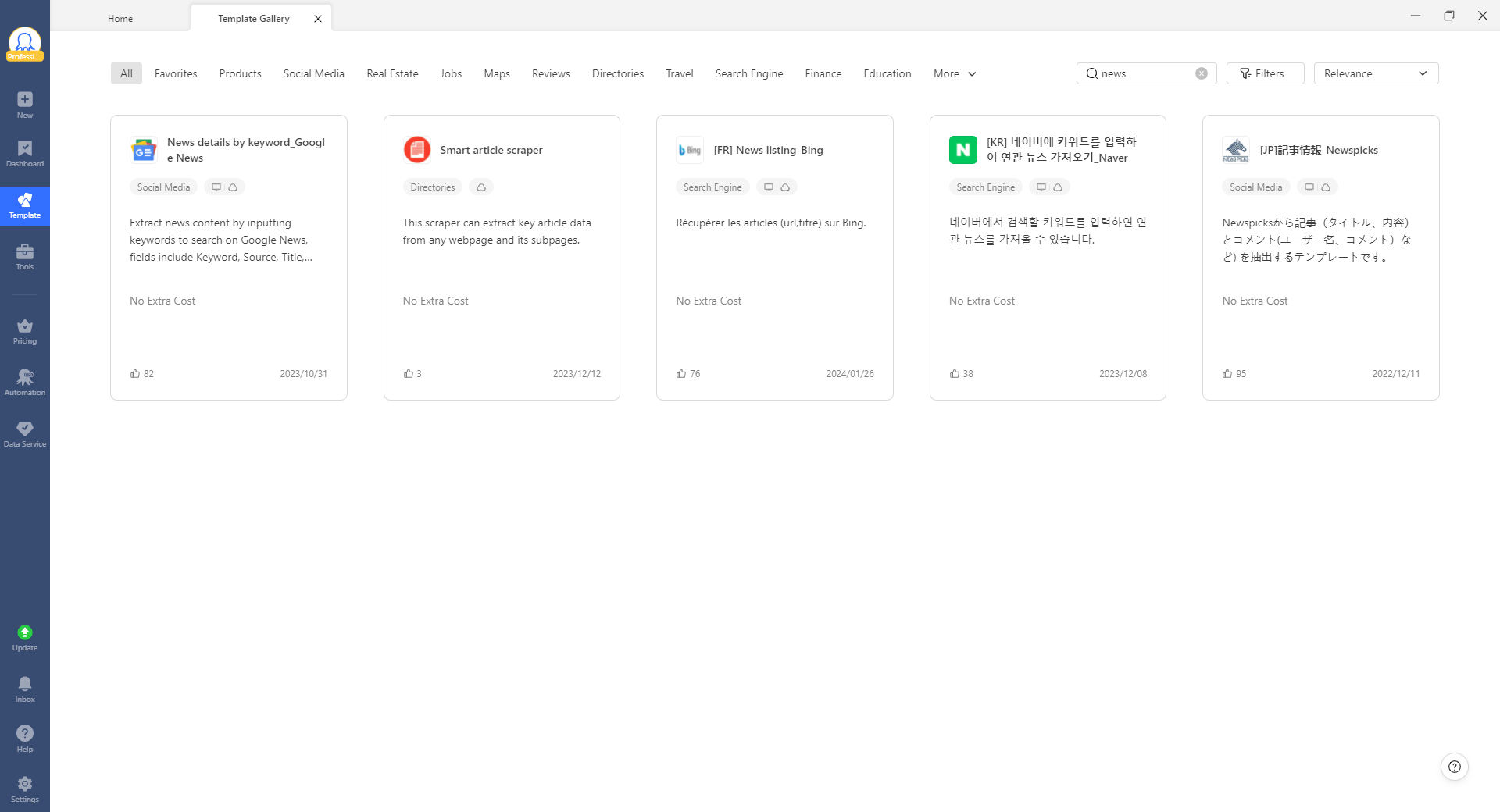According to data by TheSocialShepherd website, “At Least 500 Million Tweets Are Sent Every Day”. Living in the digital age, it might be difficult to go through internet content and find the most important bits. Amid this digital mayhem, two ideas have surfaced and proven to be useful tools: content curation and aggregation. They serve as useful remedies in the era of excessive information by offering a sophisticated framework that delivers information that is both targeted and value-driven. We’ll dive right into the ideas of content curation and aggregation in this post, emphasizing their significance and offering doable solutions for achieving successful results.
What is content curation/aggregation?
Content curation
Defining by wikipedia, “content curation is the process of gathering information relevant to a particular topic or area of interest, usually with the intention of adding value through the process of selecting, organizing, and looking after the items in a collection or exhibition.” In this case, the method of gathering and putting together the content is not nearly as significant as how it is organized, interpreted, and delivered.
For example, a marketing blogger may curate content by gathering the most recent articles, infographics and videos from reliable sources regarding trends in digital marketing. Instead of requiring their readers to crawl through the internet individually, they would arrange these resources in a blog post and provide their readers with insightful information. In a business context, an organization could choose to curate content for its social media channels, choosing items that complement their brand, resonate with their target market and give clients useful information. These companies can interact with their readers and build their brand credibility with the aid of content curation. You can also enhance the value of your curated content by integrating video elements. With an online AI video editor, you can seamlessly edit and customize videos for your curated posts using simple text commands, making your content more engaging and impactful.
Content aggregation
Conversely, content aggregation is a subset of content curation that entails gathering content from diverse sources and presenting it to the public in a streamlined manner, usually through a platform or an easily accessible central hub.
A typical example of this can be Google News. It automatically collects news stories from various sources worldwide and organizes them into different categories such as world, business, or sports news. Users can then conveniently access a variety of news articles from multiple sources on one single platform without having to visit each source individually. Another instance of content aggregation can be seen in the healthtech industry with platforms like WebMD, which pulls together medical research, expert opinions, user reviews, and health news into one user-friendly platform.
Both content curation and aggregation play critical roles in the digital world by managing and refining the vast amounts of online information. These techniques help users navigate endless waves of digital content, ensuring they can easily access the information they find most valuable or relevant. Furthermore, they assist businesses in positioning themselves as thought leaders and trustworthy information sources in their respective industries.
Why should you curate content?
Content has become the main tool for keeping consumers interested nowadays. Therefore, content curation is critical for three key reasons. First, it allows companies to educate their audience, proving their knowledge and expertise within their industry. Secondly, it provides an efficient way of keeping up-to-date with trends and recent developments, maintaining a competitive edge. Finally, it builds trust for existing customers, portraying the business as a reliable source of information.
Establishing Industry Expertise: Developing Industry competence: Organizations can demonstrate their industry competence through content curation. They can establish their credibility as authoritative sources of knowledge and thought leaders by offering pertinent and high-quality content.
Stay up-to-date with Trends: By curating material, organizations may keep abreast of the newest trends and advancements in their field. They can stay competitive in the industry by exploring and exchanging material.
Building Trust and Engagement: Content curation helps in building trust among audiences by providing them with valuable information that they need and interests. Furthermore, it promotes involvement by stimulating conversations and interactions revolving around curated content.
In addition to keeping the audience informed, content curation is crucial for establishing a brand as a reliable and authoritative information source across a range of industries. Brands may provide their target consumers a one-stop shop for everything connected to their interests and needs by combining significant and pertinent material from several trustworthy sources. By hand-picking and delivering high-quality content from a wide content environment, brands are positioned as thought leaders in their respective sectors.
How to create a great content aggregator
Gathering data from a variety of web sources quickly and effectively is essential to building a strong content aggregator. This is where the web scraping technique comes into play. Web scraping tools like Octoparse play a significant role in content curation by extracting different content from various web pages automatically. It makes importing massive amounts of data into a content management system and extracting valuable content data from websites in structured formats easily. Let’s look at how to use Octoparse to develop a content aggregator without knowing any coding skills.

Step 1: Enter the target URL to build a crawler
You can enter a list of as many as 10,000 URLs into the box if you’re trying to extract data on a large scale. We’re scraping one website as an example, so let’s just paste our target URL into the box and click Start to proceed.
Step 2: Start auto-detecting and customize the workflow
After the web page finishes loading, click the ‘auto-detect’ on the tips panel to identify data that can be scraped. It is allowed to turn off the “auto-detect” feature and build the scraper by selecting the data manually if the desired data has not been detected properly. When the process is completed, click “create workflow” to build the scraper. Check the data in the preview section; you can remove the data fields that you don’t need, and add or revise any data field you want.
Step 3:Extract the data and start extraction
Click the “start” button to run the scraper after verifying all the information. The scraper will start collecting the desired data based on the settings you established earlier. Once the data scraping process is finished, the collected information can be downloaded in a widely-used file format, like an Excel or CSV spreadsheet.
wrap up
When used in content curation, web scraping is a useful technique for managing digital data overload. By compiling relevant content, businesses can provide their audiences with informed insights and trends in one easy-to-access spot. This process can be completed more quickly and easily while maintaining the audience’s constant access to interesting, meaningful content by using web scraping tools. Try Octoparse now, to build your own content aggregator and bring your business to a new level!




